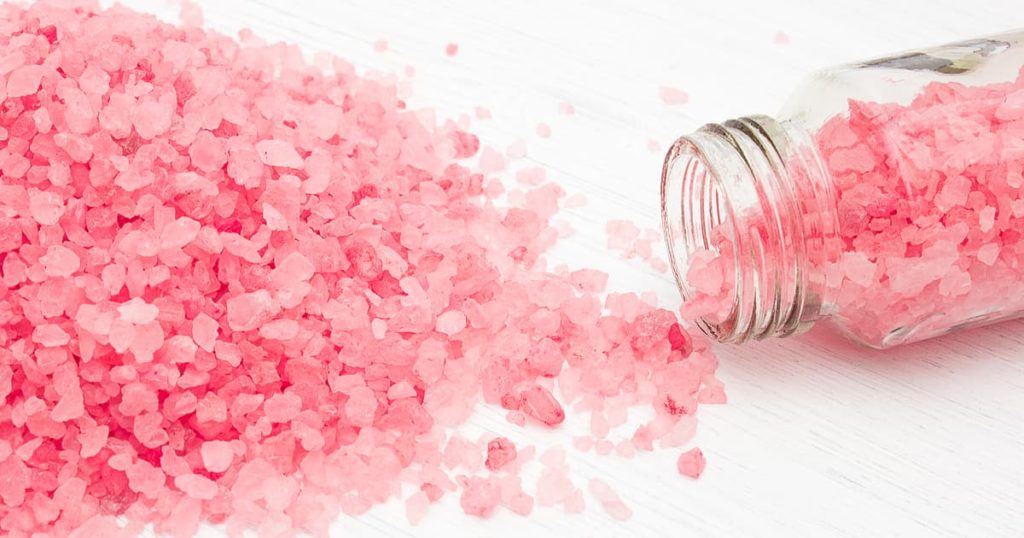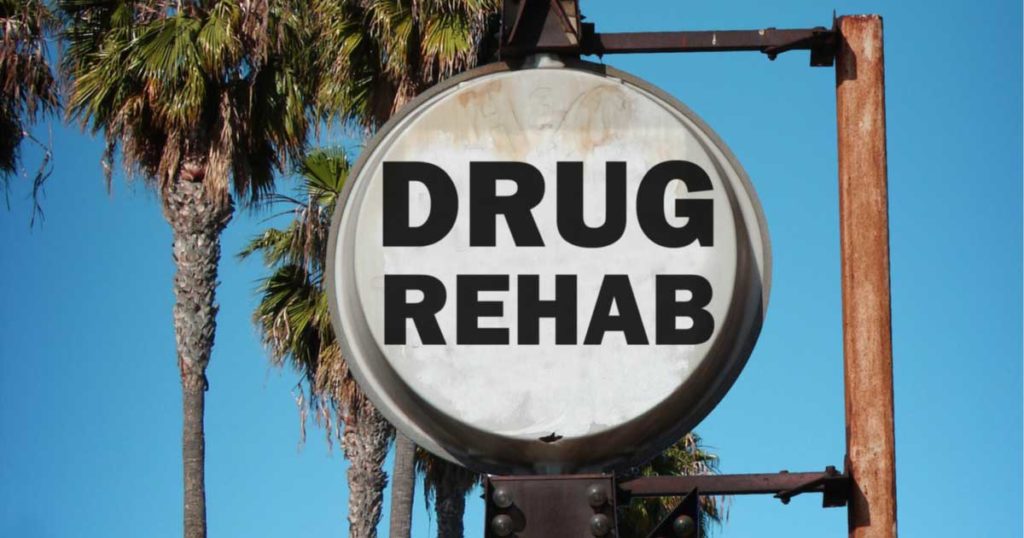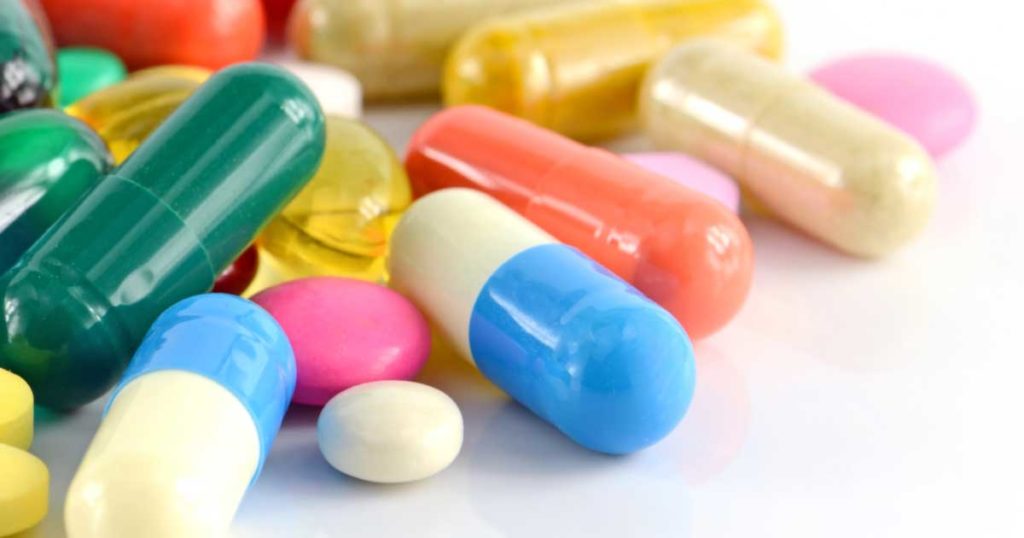Advocates for marijuana legalization are fond of pointing out that despite the frequency with which it is used, this drug has never once been directly linked to a fatality. But boosters of the various synthetic forms of marijuana most definitely cannot say the same thing. These chemical imitators are replicas of the original drug in name only; synthetic forms of cannabis can cause a range of side effects that would be unfamiliar to regular marijuana aficionados, and their overconsumption has actually resulted in death for a small percentage of their users. It would be inaccurate to speak of synthetic marijuana as if it were one product, as there are in fact hundreds of distinct varieties of drugs that carry this label. These substances were first developed in laboratories under contracts handed out by the government, and were seen as potential allies in the fight against diseases such as HIV/AIDS and multiple sclerosis. Not one of the approximately 450 compounds created in publicly-funded laboratories has been deemed safe for human consumption, but once information got out about these chemicals and their possible mind-altering effects, home brewers began copying the published recipes and circulating them among associates. In 2004, a brand of synthetic cannabis known as “Spice” was released for sale in Europe, and not surprisingly, it became an instant success. Because it contained no banned substances, this drug was entirely legal, and starting in 2008, the worldwide demand for pot imitators exploded as dozens of competitors to Spice appeared on the market. Despite being lumped together under the same relatively benign categorization, each of these drugs had a slightly different chemical makeup, and this diversity has made the side effects of these substances extremely difficult to predict. In response to the sudden flood of intoxicating synthetic drugs that were appearing on the scene, countries across the globe began to investigate and even criminalize some of them. But with so many substances to check out, this process has been uneven and inconsistent. As a result, fully legal brands of marijuana replicators are now available and easily obtained on a plethora of websites, as well as in stores that cater to the drug-using crowd.
Fear of the Unknown
In order to get a better handle on what these designer drugs are all about, researchers at the University of South Florida recently performed an analysis of data collected from users of synthetic cannabinoids. In this important and revealing case, twins with no genetic predisposition to suffering strokes at young ages had strokes after consuming the same type of synthetic marijuana. The researchers were able to rule out any other possible cause, and while this finding only involved two individuals it reaffirms what has been suspected based on past studies published in various peer-reviewed medical journals. The University of South Florida report was published in November in the online version of the journal Neurology. In addition to this connection with strokes, synthetic marijuana has also been shown to cause brain damage, seizures, hallucinations, psychosis, uncontrollable vomiting, low blood pressure, nervous agitation and disruption of natural heart rhythms, and the combination of symptoms seen can vary tremendously based on the brand . Each form of synthetic marijuana is a unique substance that presents particular risks to its users, and its potential side effects are generally far more severe that those experienced by real marijuana consumers. Over the last three years, the Drug Enforcement Agency has added over 300 chemicals to its list of banned substances, and this total includes a significant percentage of compounds used to manufacture different forms of imitation marijuana. But because of the never-ending proliferation of synthetic marijuana subtypes, there is no way they can stay ahead of the game. As soon as one type of cannabinoid is barred from the market, two or three others will come online to take its place. Congress is now considering a law that, if passed, would make it easier for the DEA to ban synthetic marijuana compounds that are similar to those already on the prohibited list.
Danger on the Horizon
In 2009, there were only nine cases of synthetic marijuana-related visits reported by emergency rooms in the U.S. That number jumped to 567 in just the first half of 2010, signaling the true arrival of these potent substances on the American drug scene. As long as people believe they are a legitimate alternative to marijuana, synthetic pot will remain popular and the number of casualties associated with the consumption of these powerful and unpredictable substances is likely to increase. Synthetic marijuana is authentically dangerous, and the sooner the public comes to realize it and helps those who need treatment find it, the safer our families and our children will all be.






